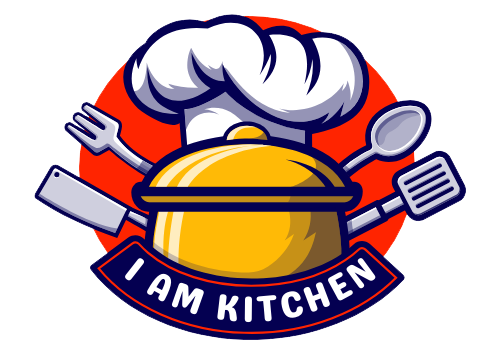Rolling pins are essential kitchen tools that have been used for centuries to roll and flatten the dough, pastry, and other food items. They come in different sizes, materials, and designs, and are used for a wide range of tasks in the kitchen.
Different types of rolling pins and their uses:
1. Traditional Rolling Pin
The traditional rolling pin is a cylindrical-shaped tool made of wood, usually maple, and measures about 18 to 20 inches in length. It has a smooth, polished surface that allows for easy rolling and flattening of dough. This type of rolling pin is versatile and can be used for various tasks, including rolling out pie crusts, pizza dough, and cookies.
2. French Rolling Pin
The French rolling pin is a tapered, rod-shaped tool made of wood, usually beech, and measures about 18 to 20 inches in length. It has a smooth, polished surface that allows for easy rolling and flattening of dough. This type of rolling pin is ideal for rolling out delicate pastries, such as puff pastry and croissant dough.
3. Marble Rolling Pin
The marble rolling pin is a heavy tool made of solid marble, and it measures about 10 to 12 inches in length. It has a smooth, polished surface that allows for easy rolling and flattening of dough. This type of rolling pin is ideal for rolling out pastry and dough that requires a cool surface to prevent the dough from sticking.
4. Silicone Rolling Pin
The silicone rolling pin is a non-stick tool made of silicone, and it measures about 18 to 20 inches in length. It has a smooth surface that allows for easy rolling and flattening of dough. This type of rolling pin is ideal for rolling out fondant, gum paste, and other types of sugar paste.
Uses of Rolling Pins:
1. Rolling out Dough
Rolling pins are primarily used for rolling out dough to a specific thickness. Whether you’re making pizza dough, pie crust, or sugar cookies, a rolling pin is an essential tool to achieve the right texture and consistency.
2. Flattening Meat
In addition to rolling out dough, rolling pins can also be used to flatten meat. A meat mallet is often used for this task, but a rolling pin can work just as well. Simply place the meat between two sheets of plastic wrap and roll over it with the rolling pin until it’s flattened to the desired thickness.
3. Crushing Crackers and Cookies
Rolling pins can also be used to crush crackers and cookies for crusts or toppings. Just place the crackers or cookies in a plastic bag and roll over them with the rolling pin until they’re crushed to the desired consistency.
4. Tenderizing Meat
In addition to flattening meat, rolling pins can also be used to tenderize meat. And Simply roll over the meat with the rolling pin to break down the fibers and make it more tender.
5. Rolling out Fondant and Gum Paste
Rolling pins are also used in cake decorating to roll out fondant and gum paste for cake decorations. A silicone rolling pin is ideal for this task as it’s non-stick and won’t leave marks on the fondant or gum paste.




